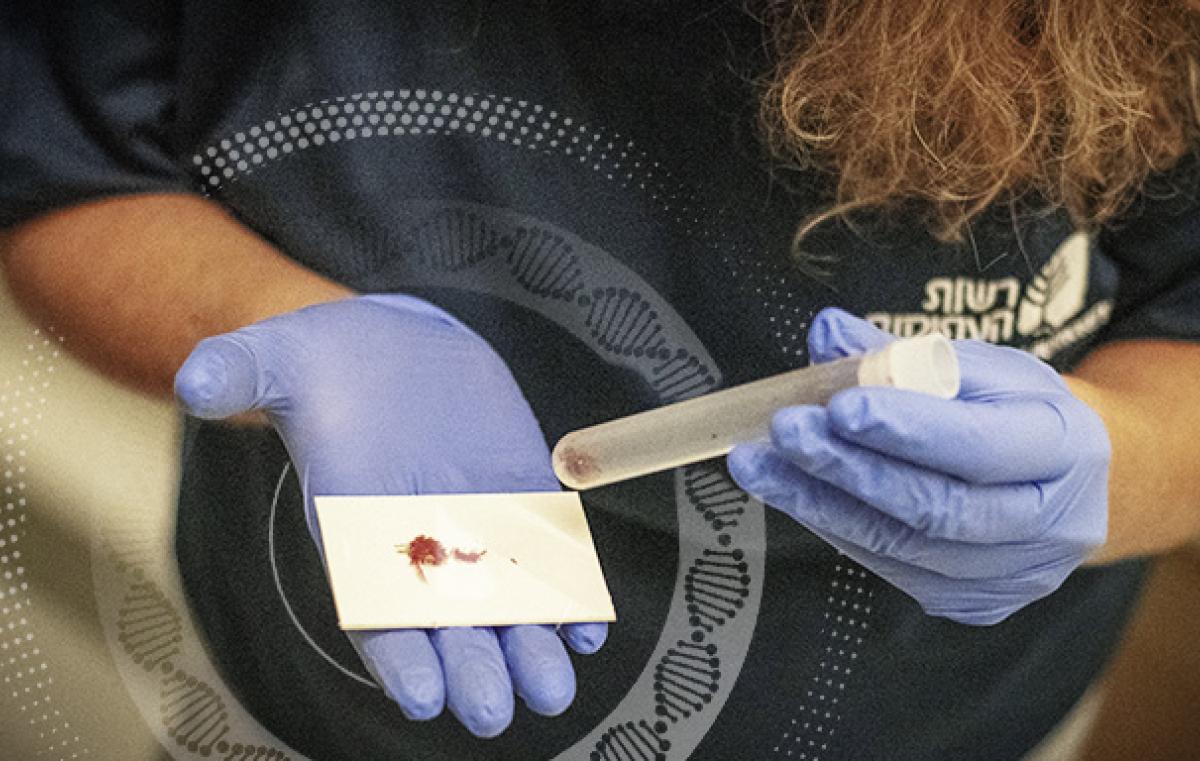Biblical Dye in Judean Desert
A discovery in Judean Desert caves sheds light on elusive biblical dye and ancient textile industry

In a remarkable archaeological find, researchers have uncovered a tiny piece of red-dyed textile in the Judean Desert, providing the earliest known evidence of scarlet coloration mentioned in the Bible. This 3,800-year-old fragment, measuring less than 2 cm, was discovered in the Cave of Skulls and has shed new light on ancient dyeing techniques and trade networks.
The textile, dating back to the Middle Bronze Age (1767-1954 BCE), was found to be dyed using kermes, a scale insect that lives on oak trees. This insect is believed to be the source of the "scarlet worm" color mentioned 25 times in the Bible, often alongside the prestigious hues of blue (Tekhelet) and purple (Argaman).
Dr. Naama Sukenik from the Israel Antiquities Authority, who led the research, explained the significance of the find: "This rare textile bridges the gap between written sources and archaeological discoveries, providing evidence that the ancient textile dyeing industry was already sufficiently established for dyeing using animals at this early stage."
The dyeing process using kermes was both labor-intensive and time-sensitive. The insects could only be harvested during a brief one-month window in summer, making the resulting dye highly prized and expensive. This discovery not only confirms the biblical accounts of scarlet's importance but also suggests the existence of an elite society and extensive trade networks nearly four millennia ago.
Interestingly, while the woolen weft threads of the textile were dyed red, the linen warp threads remained uncolored, showcasing the sophisticated weaving techniques of the time. Advanced analytical methods, including High-Performance Liquid Chromatography (HPLC), allowed researchers to pinpoint the exact species of scale insect used: Kermes vermilio.
This groundbreaking research, a collaboration between the Israel Antiquities Authority, Bar-Ilan University, and the Hebrew University of Jerusalem, offers a tangible connection to the biblical past. As Prof. Zohar Amar of Bar-Ilan University notes, "The biblical association of this color with a living creature demonstrates impressive zoological knowledge."
The discovery of this ancient scarlet thread not only illuminates the technological capabilities of our ancestors but also weaves a vibrant connection between archaeological evidence and historical texts, coloring our understanding of the ancient world.